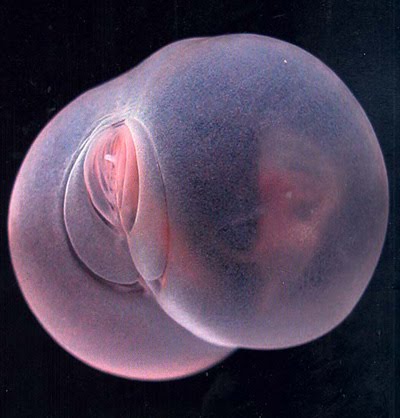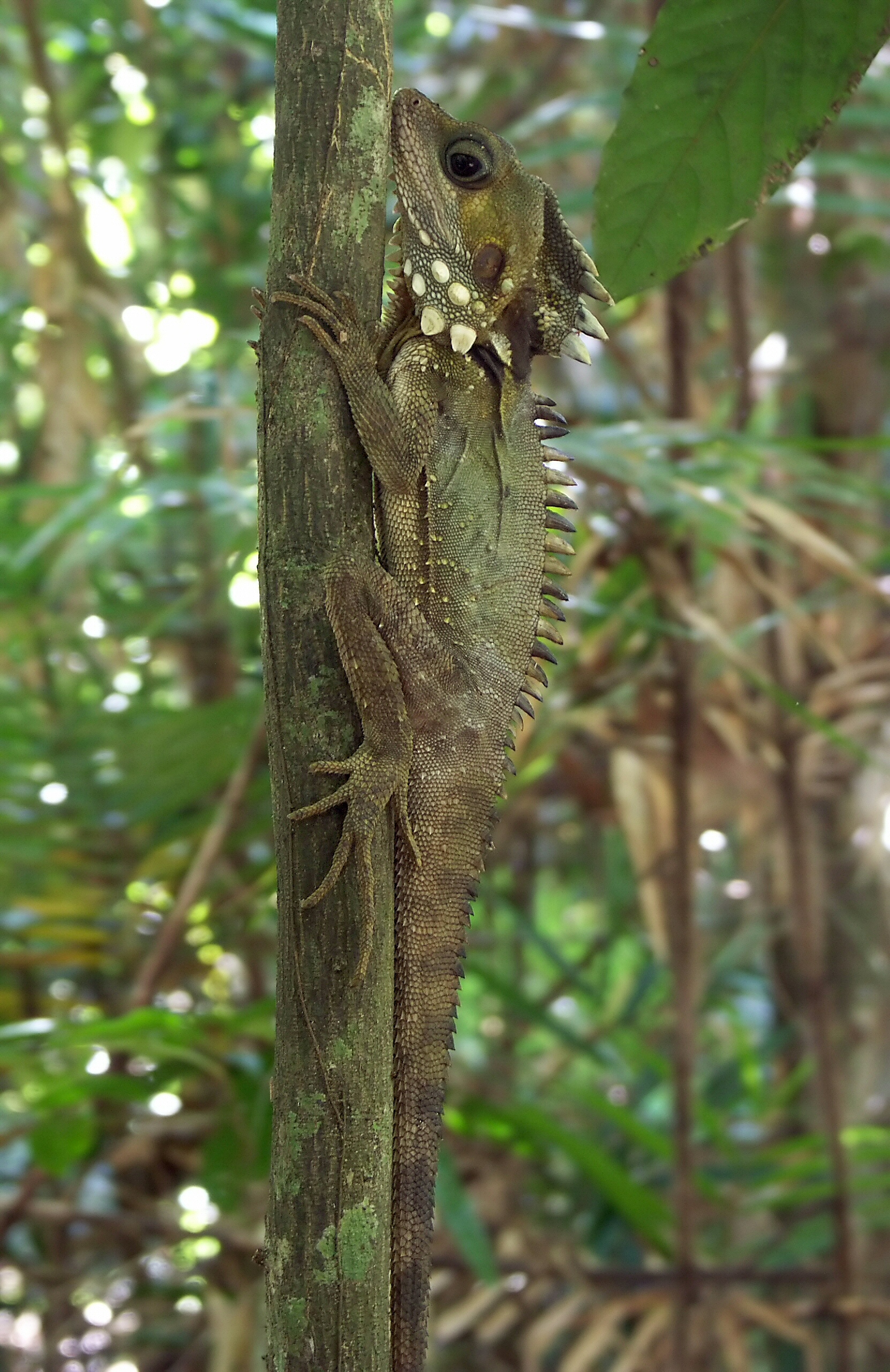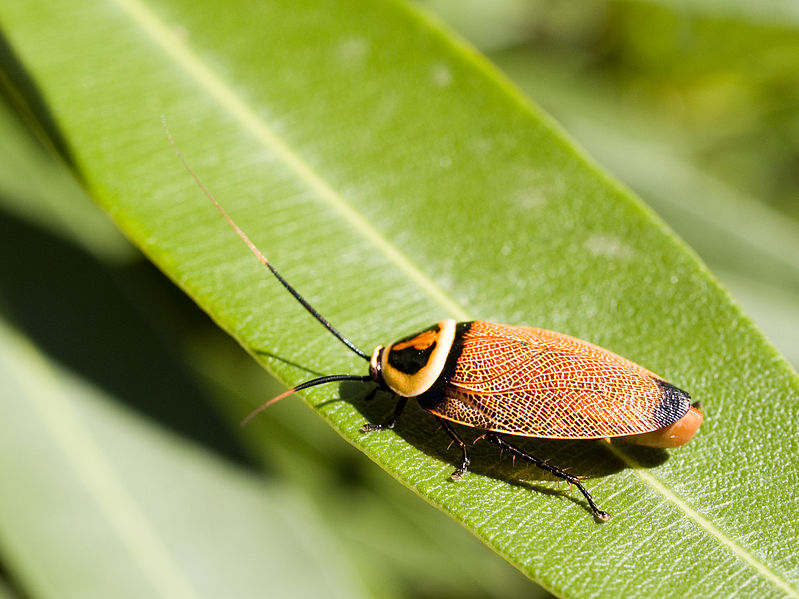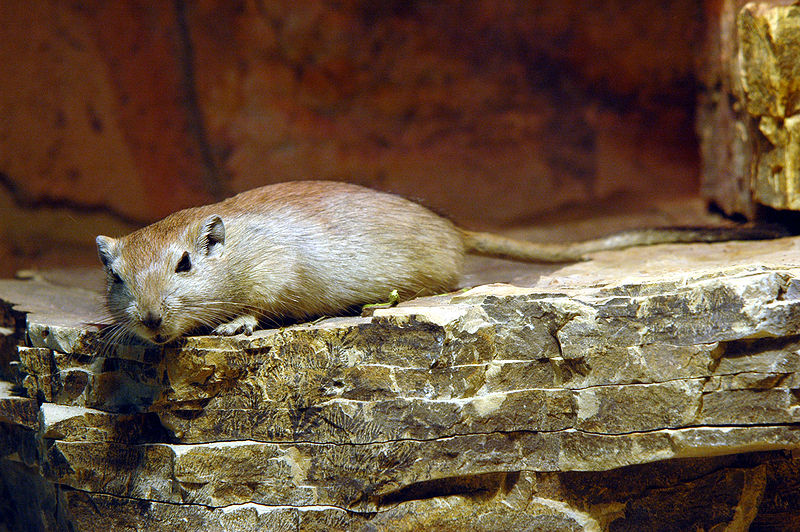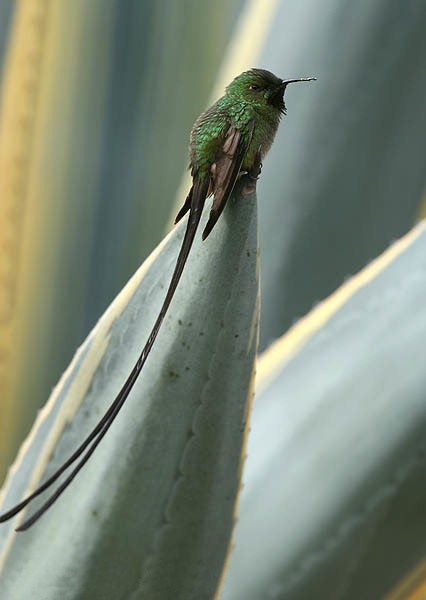
Did You Know?
- The Black-Tailed Trainbearer is also known as the Long-Tailed Sylph
- These bizarre hummingbirds are found in parts of South America, including Columbia, Peru and Ecuador
- The length of the Black-Tailed Trainbearer is on par with the Giant Hummingbird, the largest hummingbird in the world
The Largest Hummingbird in the World?
Technically, the Black-Tailed Trainbearer could be considered the largest hummingbird in the world but considering their tail makes up the majority of their body length, I don’t think it is fair to the real winner, the Giant Hummingbird. So just how long is our featured animal? The males average a length between 18 and 25 cm (7-10 in) while the females are slightly smaller with an average length between 13 to 15 cm (5-6 in). This does seem quite large for a hummingbird but don’t forget that more than half that length are the ridiculously long tail feathers.

What is the purpose of the long tail?
To be perfectly honest with you, I am not sure why this particular hummingbird feels the need to have such long tail feathers. I can tell you that they are found in the montane regions of South America and as such, they don’t need to worry about their tail getting in the way while flying in the forest. So perhaps, the tail feathers are just an adaptation to living in an open habitat. If you can provide more insight on this, please feel free to leave a comment below.
The Short End of the Beak
Sure, these birds may have a proportionally long tail but the other end of their body is also unique for hummingbirds. Believe it or not, that long beak of theirs is actually quite short for a bird that specializes on sucking nectar from flowers. Again, the reason for a shorter than normal beak (it is still pretty long compared to most birds) is unknown at this time, however, if I had to guess, I would say they simply don’t need such a long beak to feed on the flowers that grow in their distribution range. It certainly doesn’t seem to have caused any feeding related problems to date as these birds are plentiful throughout their range.

